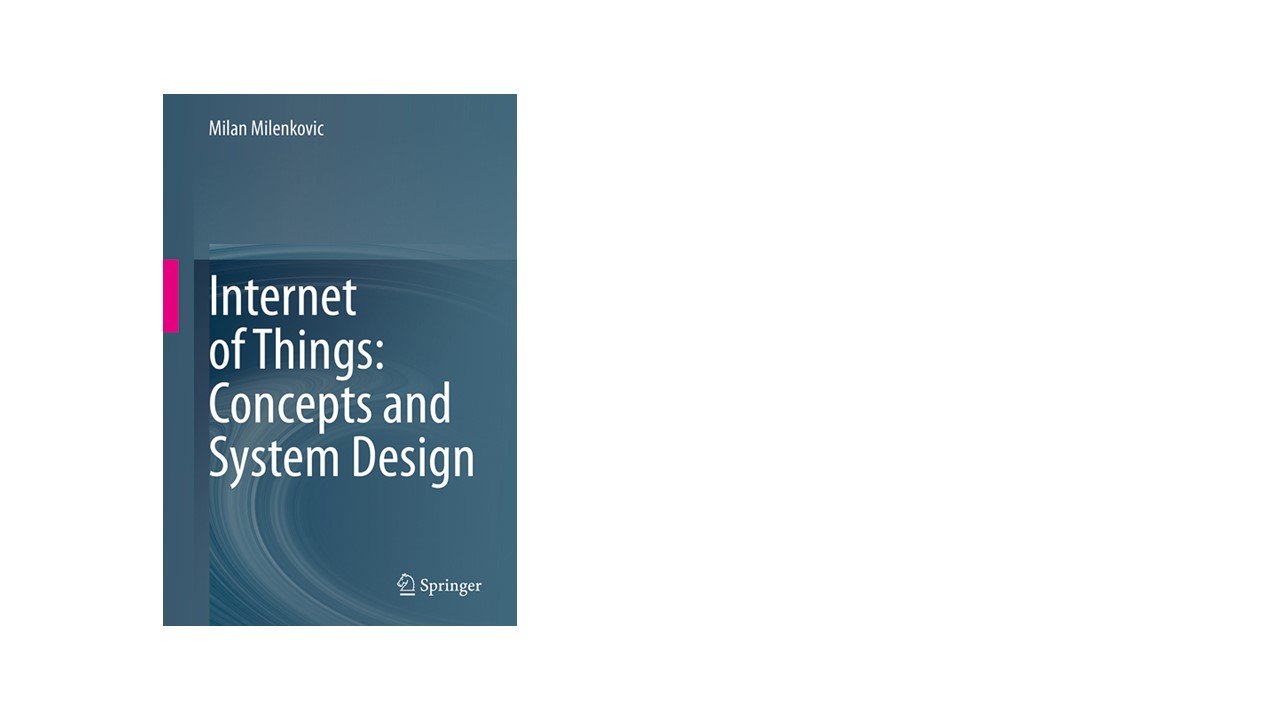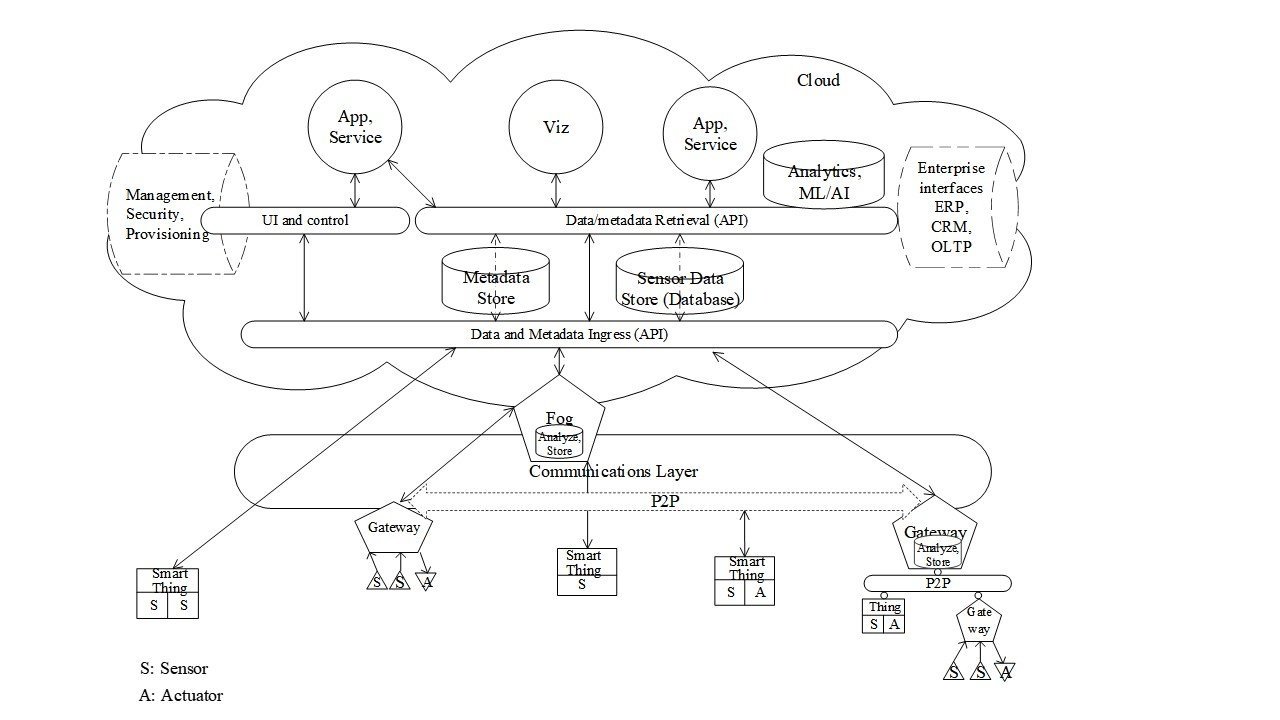IoTsense LLC
IoTsense LLC is a boutique consulting establishment that focuses on IoT technology development and consulting. The company is based in San Francisco Bay Area.
IoTsense technical focus is on IoT end-to-end system design and on IoT data and metadata representation to achieve interoperability and portability. The recent vertical application focus is on the practices and benefits of the use of sensors and IoT in viticulture.
Our other activities include IoT promotion and education by means of publications, tutorials, and conference presentations. Details on our IoT system design book “Internet of Things: Concepts and System Design” (Springer) are available in the IOT BOOK section.
This site contains a brief description of our activities and services, a collection of blogs, and a list of events. The image is from our interoperability demo presented at the IoT Solutions World Congress.
Internet of Things: Concepts and System Design
Design of IoT systems spans multiple disciplines and requires diverse skills and knowledge in several areas including sensors, embedded systems, real-time systems, control systems, communications, protocols, Internet, security, cloud computing, large-scale distributed processing and storage systems, AI and ML, and the specific domain knowledge in the areas where they are to be applied.
This book, written in engineering-textbook style, provides a synthesis and abstraction of key principles and concepts of IoT system design. It provides a comprehensive overview of the IoT systems architecture, including an in-depth description of all key components, their roles, and system data and control flows. Separate chapters are dedicated to data representation and standards to facilitate interoperability, to IoT platforms, and to system integration of components to create complete IoT systems.
Use of Sensors in Viticulture: Functions, Benefits, and Insights
Sensor data platforms provide viticulturalists and vineyard managers with real-time, quantified insights into vineyard and crop conditions. Their measurements, predictions, and alerts inform key operations like irrigation, disease management, canopy management, and harvest timing. By complementing the observations, experience, and intuition of viticulturalists with data-informed decision-making, these platforms enhance efficiency, sustainability, and resource conservation.
This white paper is intended for viticulturalists, vineyard managers, and IoT practitioners, as a succinct summary of viticulture sensor data platforms - their functions, benefits, operation and practical considerations for acquisition and deployment.
IoT System Reference Architecture
IoT System Reference Architecture white paper describes a general, vendor-neutral IoT system architecture derived by abstracting the common features of a variety of system specifications and implementations. It covers architectural and design principles for constructing the core IoT system overlay, specifically functions and components involved in acquiring data, real-time processing, storage, and delivery to services.
Comments and suggestions are welcome.
IoT System Case Study: Personal Office Energy Monitor (POEM)
This paper describes the design, implementation, and user evaluation of an IoT project focused on monitoring and management of user comfort and energy usage in office buildings. The objective is to depict an instructive use case and to illustrate experiences with all major phases of designing and running a fairly complex IoT system. The design part includes motivation and outline of the problem statement, the resulting definition of data to be collected, system implementation, and subsequent changes resulting from the additional insights that it provided. The user experience part describes quantitative findings as well as key results of the extensive human factors study with over 70 office users participating in two major pilots in France and Japan




